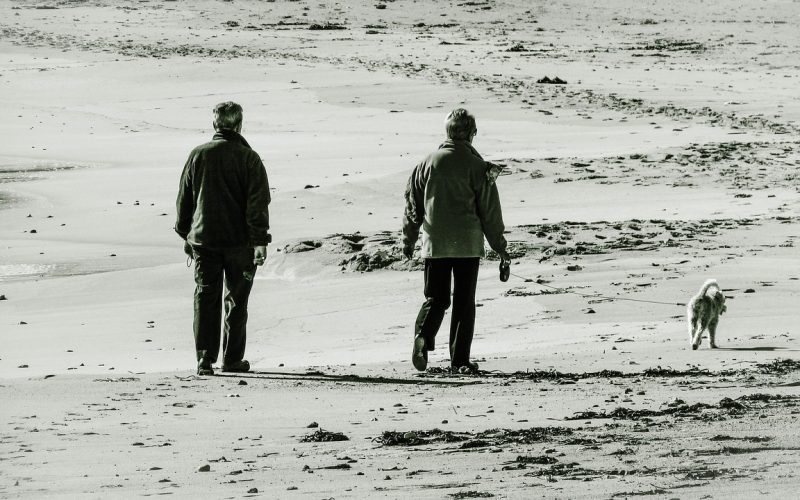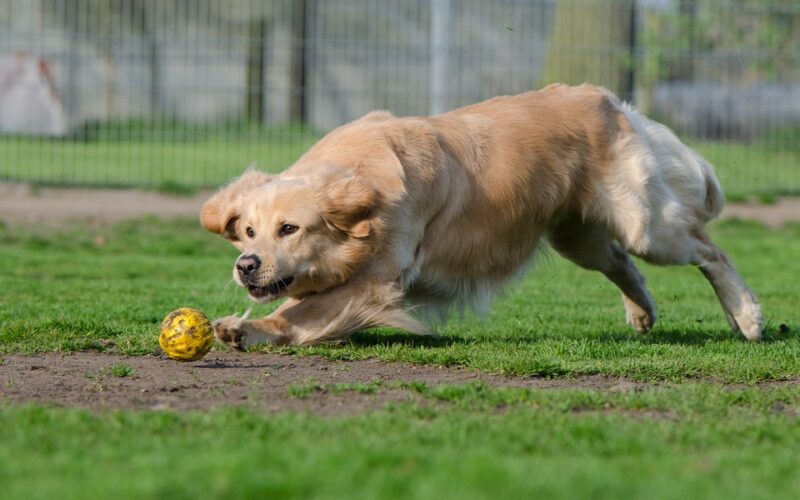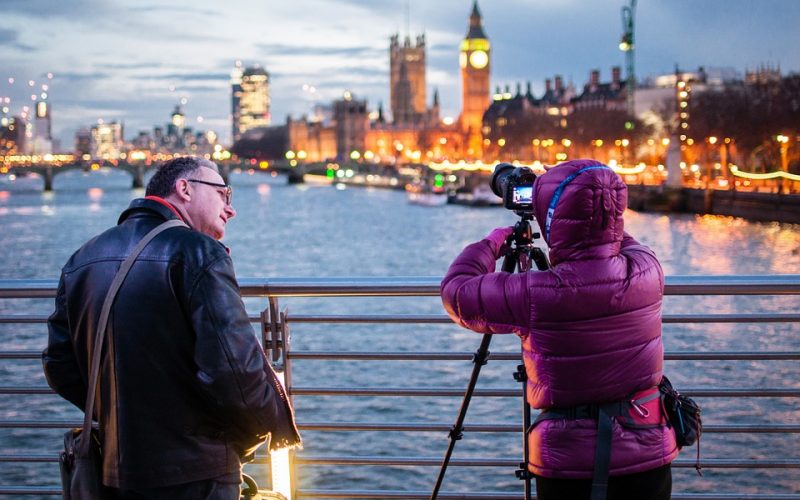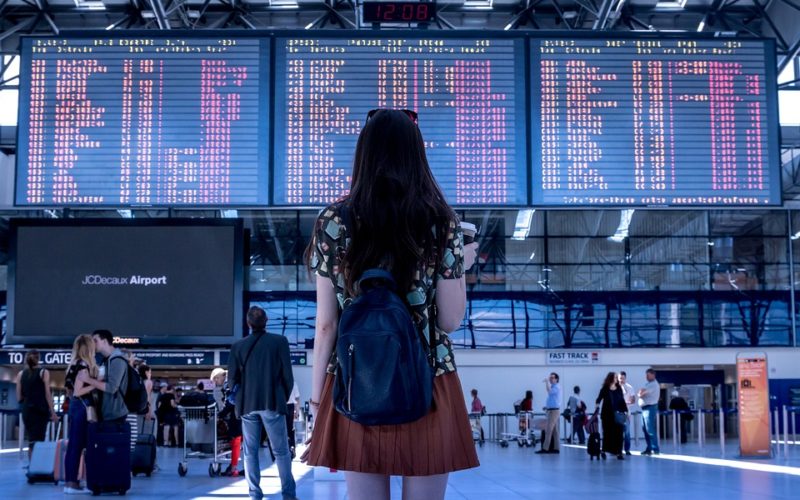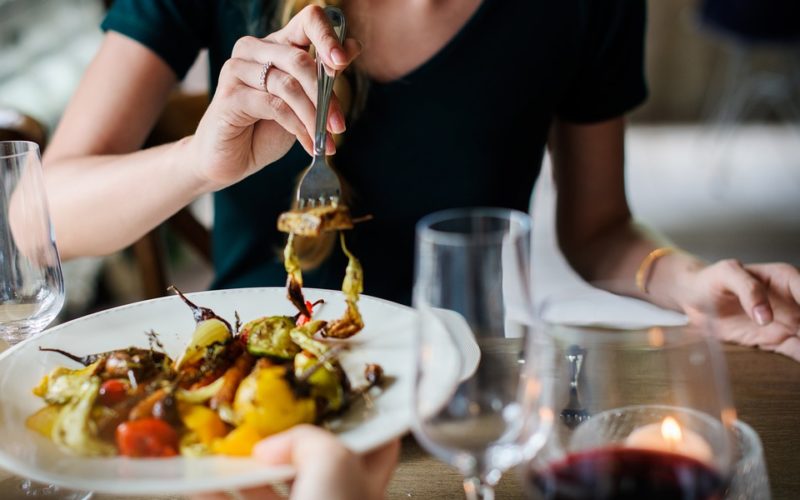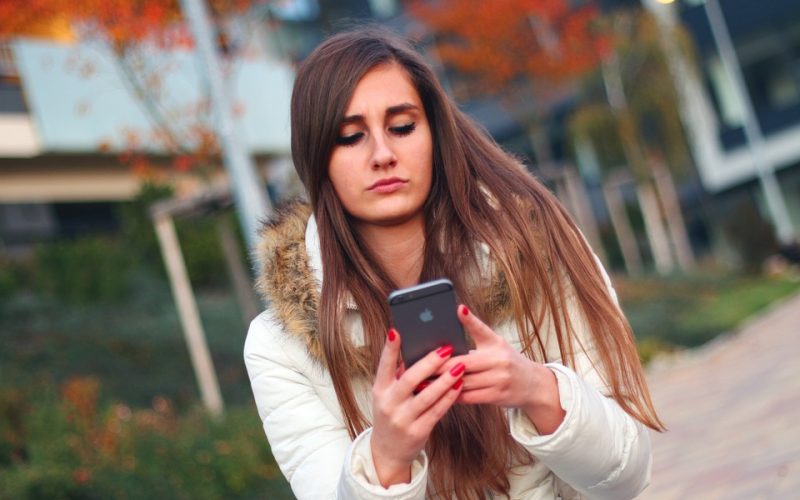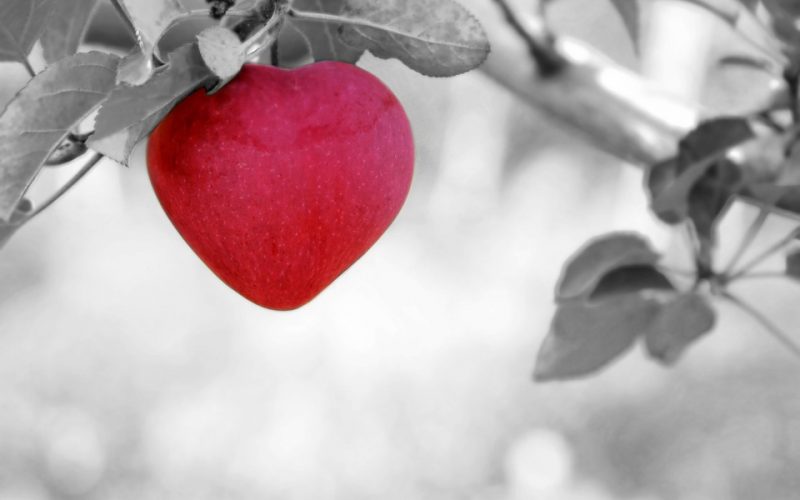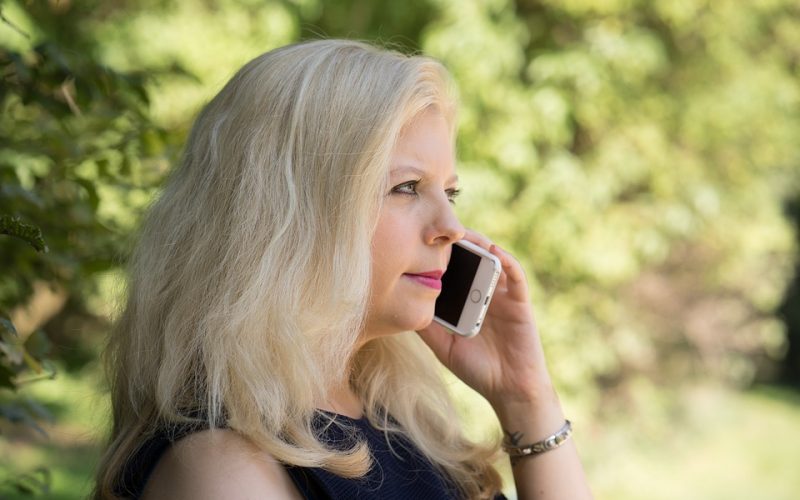Dying Traditional Dating Behaviours
In recent years, the landscape of dating has evolved dramatically, largely influenced by the rise of internet dating. The days when meeting a potential partner involved a chance encounter at a local café or a blind date set up by friends are gradually fading. Instead, singles are increasingly turning to digital platforms to find love and companionship. This shift has brought both opportunities and challenges as it redefines how people connect and interact romantically.
The rise of online dating platforms
Online dating platforms have surged in popularity, with millions of users joining apps like Tinder, Bumble, and Match.com. These platforms offer a convenient way to meet people beyond one’s immediate social circle, expanding potential matches to a global audience. Internet dating allows individuals to tailor their search based on preferences such as age, interests, and location, making the process of finding a compatible partner more efficient. This ease of accessibility has contributed significantly to the decline in traditional dating behaviours.
Changing social norms in dating
The acceptance of online dating has created a shift in social norms, challenging the stigma that once surrounded meeting partners through the internet. Today, sharing a love story that started with a "swipe right" is not uncommon. Many people now consider it a standard method of finding relationships, which was not the case a decade ago. This change reflects a broader trend of integrating digital solutions into everyday life, from ordering food to buying flowers from an online florist.
The impact on relationship dynamics
The dynamics of relationships have also been influenced by internet dating. With a focus on quick interactions and instant gratification, online dating can sometimes prioritise superficial qualities over deeper connections. Users often skim profiles, making snap judgments based on photos and short bios. This behaviour contrasts with traditional dating, where getting to know someone took time and involved more personal interaction. Yet, for many, the convenience and efficiency of digital dating outweigh these potential downsides.
Reinventing courtship rituals
Traditional courtship rituals, such as bringing flowers on a first date or organising a surprise outing, are evolving as well. In the era of digital dating, these gestures are often preceded by virtual interactions like texting and video calls. While some might argue that this diminishes the romance, others see it as an opportunity to personalise and modernise these customs. For instance, sending a bouquet from an online florist can be a thoughtful way to express interest and affection in the digital age.
The role of technology in facilitating connections
Technology has not only changed how people meet but also how they maintain relationships. With long-distance relationships becoming more common due to online dating, couples rely on video calls and instant messaging to bridge the gap. Additionally, technology helps partners stay connected through shared calendars and social media, making it easier to plan meetings and share experiences, even when apart. This reliance on technology underscores the ongoing transformation in dating behaviours.
Looking towards the future of dating
As internet dating continues to grow, its influence on traditional dating behaviours will likely intensify. Innovations like virtual reality dating and AI-driven matchmaking are set to further revolutionise how individuals seek relationships. While the core goal of finding love remains unchanged, the methods and tools used are evolving, reflecting broader societal shifts towards digital integration. For those navigating this brave new world, adapting to these changes can offer exciting opportunities to connect in ways previously unimaginable.

